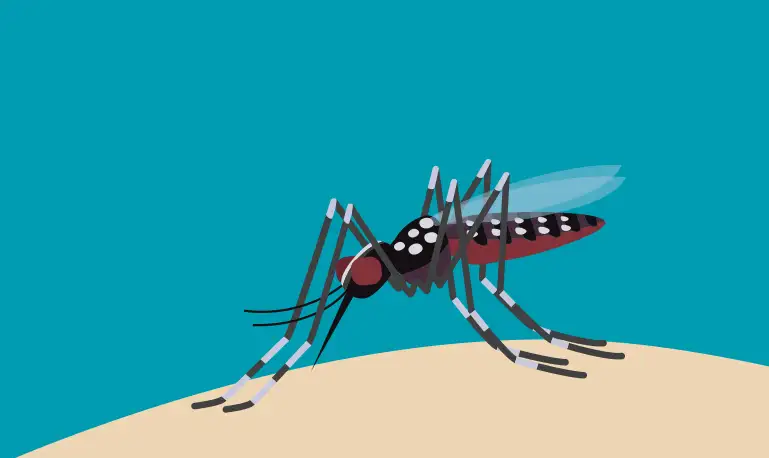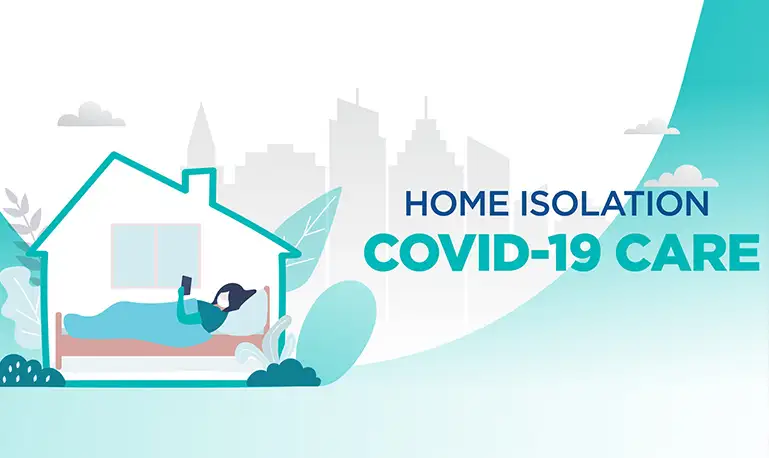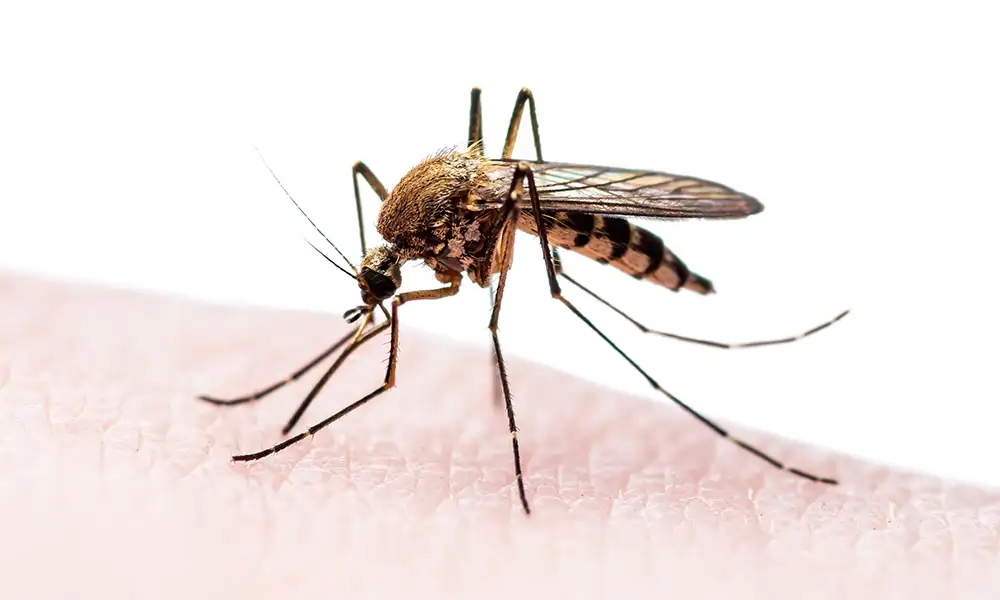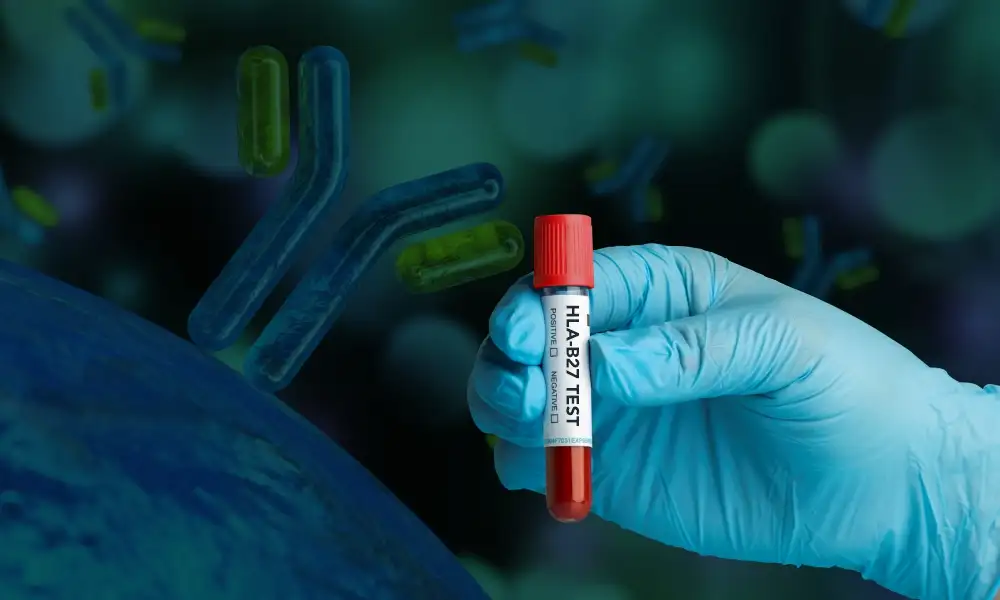Seasonal Infections - Types, Causes & Symptoms
- April 13,2022
- 2 Min Read

Seasonal infections are those that are prevalent during certain times of the year, such as monsoon and winter diseases. We must stay informed about their causes and symptoms so that we can prepare for them.
What are the different types & causes of seasonal infections?
Depending on the season and carrier, the following are the types:
- Monsoon illnesses: The annual monsoons in India typically occur between the months of July and September. As refreshing as they are, the arrival of the rains also brings a slew of diseases and infections that can pose serious health risks to our families and us.
- Mosquito-borne diseases: India bears a significant burden of mosquito-borne diseases, accounting for 11% of global malaria and 34% of international dengue cases.
- Malaria: It is caused by a single-celled parasite called Plasmodium. Common sites of breeding for the Anopheles mosquitoes, which spread malaria, include rainwater pools and puddles, borrow pits, river bed pools, irrigation channels, seepages, rice fields, wells, pond margins, sluggish streams with sandy margins, hoof prints, tyre tracks etc.
- Dengue: It is caused by the Aedes aegypti mosquito, which breeds in stagnant water (such as in drums, flower pots, buckets, wells, and tree holes). Fever appears four to seven days after being infected with a mosquito bite.
- Chikungunya: It is caused by the Aedes albopictus mosquito and is a non-fatal viral disease. They breed in stagnant water as well.
- Water-borne diseases: Water-borne diseases affect more than 3.4 million people in India, according to the World Health Organization (WHO). Children are the most vulnerable victims due to their developing immune systems. Following are the most common water-borne diseases:
- Typhoid: Caused by S. Typhi bacteria that spread because of poor sanitation. This disease is often seen in places where personal hygiene is low and handwashing is not practised enough. Typhoid can have very serious consequences and can even be fatal if proper treatment is not administered.
- Cholera: A bacterial disease causing severe diarrhoea and dehydration. India has experienced cholera outbreaks in the past and there are still active cases of cholera in the country.
- Giardiasis: Giardiasis is a parasitic infection caused by Giardia lamblia, a water-based pathogen. You may contact Giardia by eating contaminated food or drinking contaminated water. It is quite common in India and countries with cramped spaces and poor sanitation in communities.
- Amoebic dysentery: Amoebic dysentery is a water borne disease that mainly spreads through contaminated food, water and contact with faecal matter. It is an intestinal infection which leads to inflammation of the intestine as well as severe abdominal cramps and diarrhoea. Blood and mucous in the stool is common too.
- Hepatitis A: Hepatitis A is a sub-type of the hepatitis virus that occurs by exposure to contaminated food and water. Hepatitis A infection leads to the inflammation of the liver and temporarily affects liver function. Fortunately, Hepatitis A is not very serious or fatal and generally goes away on its own in a few days. However, if symptoms persist your doctor will recommend medications and antibiotics to combat the disease.
- Leptospirosis: Also known as Weil's Syndrome, is a bacterial disease that spreads through the urine of infected animals - – most commonly rats, mice, cows, pigs and dogs. You can get leptospirosis if soil or freshwater (such as water from a river, canal or lake) that contains infected urine gets in your mouth, eyes or a cut; or if you touch an infected animal's blood or flesh.
- Mosquito-borne diseases: India bears a significant burden of mosquito-borne diseases, accounting for 11% of global malaria and 34% of international dengue cases.
- Winter infections: Winters are pleasant, but a sudden shift in weather can cause certain diseases to flare up. Colds, coughs, fevers, dryness, asthma, and joint pain are all common health problems. Winter flu comes in the following types:
- Common Cold: A common viral infection affecting the nose and throat. The reason is dry and cold climates offer the optimum conditions for the rhinovirus to replicate and thrive.
- Respiratory Syncytial Virus (RSV): A widespread, contagious virus that causes respiratory tract infections. It's so common that most children have been infected with the virus by age 2. Respiratory syncytial virus can also infect adults. In adults and older, healthy children, RSV symptoms are mild and typically mimic the common cold.
- Influenza (Flu): A common viral infection that can be fatal, particularly in high-risk populations. The flu attacks the lungs, nose, and throat. For most people, the flu resolves on its own. But sometimes, influenza and its complications can be deadly. H1N1 (swine flu) and H3N2 are types of influenza.
- Pneumonia: Pneumonia is a life-threatening disease in which viral and bacterial infections (commonly the Streptococcus or pneumococcus bacteria) spread out in the alveoli or tiny sacs of the lungs clogging them with fluids. Therefore, pneumonia causes shortness of breath in individuals suffering from it. The germs that cause pneumonia can spread by coughing, sneezing or touching infected objects and then touching the mouth or nose.
Understanding the symptoms of seasonal flu and infections
Symptoms of seasonal infections can range from sudden onset of fever to joint pains. Below is a list of different symptoms:
- Monsoon Illnesses:
- Mosquito-borne diseases:
- Malaria: Fever; Chills; General feeling of discomfort; Headache; Nausea and vomiting; Diarrhea; Abdominal pain; Muscle or joint pain; Fatigue
- Dengue: Severe headache; Pain behind the eyes; Muscle and joint pain; Nausea; Vomiting; Swollen glands; Rashes on the body
- Chikungunya: Fever; Joint pain; Headache; Muscle pain; Joint swelling; Rashes
- Water-borne diseases:
- Typhoid: A high temperature that may reach up to 39℃ to 40℃; Weakness; Stomach pain; Headache; Diarrhoea or constipation; Cough; Loss of appetite
- Cholera: Profuse diarrhoea; Vomiting; Thirst; Leg cramps; Restlessness or irritability
- Giardiasis: Fever; Chills; General feeling of discomfort; Headache; Nausea and vomiting; Diarrhea; Abdominal pain; Muscle or joint pain; Fatigue
- Amoebic dysentery: Fever; Chills; Diarrhoea; Abdominal pain; Passing stool with blood and/or mucus
- Leptospirosis: High fever; Headache; Chills; Muscle aches; Vomiting Jaundice (yellow skin and eyes); Red eyes; Abdominal pain; Diarrhoea; Rash
- Mosquito-borne diseases:
- Winter infections
- Common Cold: Runny or blocked nose; Sore throat; Cough; Congestion; Slight body aches or a mild headache; Sneezing; Low-grade fever
- RSV (Respiratory Syncytial Virus): Runny nose; Decrease in appetite; Coughing; Sneezing; Fever; Wheezing
- Influenza (Flu): Fever or feeling feverish/chills; Sore throat; Runny or stuffy nose; Muscle or body aches; Fatigue (tiredness); Cough; Headaches; Some people may experience diarrhoea and vomiting, though this is more prevalent in children than adults
- Pneumonia:
- Cough, which may produce greenish, yellow or even bloody mucus
- Fever, sweating and shaking chills
- Shortness of breath
- Rapid, shallow breathing
- Sharp or stabbing chest pain that could worsen when we cough or breathe deeply
- Loss of appetite, low energy, and fatigue
- Nausea and vomiting, especially in small children
Are you at risk?
Certain things make us more susceptible to seasonal diseases. Knowing them & taking preventive measures may help us lower the risk.
- Monsoon illnesses
- Mosquito-borne diseases
- People who are into outdoor jobs
- Business travellers who travel to places with mosquito-borne diseases
- Laboratory workers who work with potentially infected samples, cultures, or arthropods
- Healthcare workers who handle patients that are or might be infected with certain mosquito-borne conditions
- Water-borne diseases: People who lack access to safe water and adequate sanitation and those with compromised immune systems are at a higher risk.
- Mosquito-borne diseases
- Winter infections
- Cold
- People with weakened immune systems
- Smoking
- RSV (Respiratory Syncytial Virus)
- Age younger than six months
- Underlying lung disease (bronchopulmonary dysplasia or cystic fibrosis), and
- Congenital heart disease in children with asthma
- Influenza (Flu)-
- Children younger than 5, but especially children younger than two years old
- Adults 65 years of age and older
- Pregnant women (and women up to two weeks postpartum)
- Pneumonia-
- Being hospitalized in the intensive care unit
- People with chronic disease
- Smoking
- A person who has a weakened immune system
- Cold
Recommended tests to detect and prevent seasonal flu
Suburban Diagnostics offers many tests for all types of seasonal infections:
- Fever Detect 5 in 1 Panel (FD5): A unique fever detection panel by PCR for quickly diagnosing Chikungunya, Dengue, Malaria, Typhoid, and Leptospirosis from a blood sample.
- H3N2 Plus Panel: Diagnoses Influenza A, Influenza B, H1N1 and H3N2 from a single swab.
- Flu ID Panel: Diagnoses COVID and H1N1 from a single swab sample
- Biofire Respiratory Panel & Biofire Pneumonia Panel: These panels can detect a wide variety of bacterial and viral infections causing respiratory infections.
Want to book a test? Fill up the details & get a callback
Most Viewed
Premarital Health Screening
- 20 Min Read
Typhoid - Signs and Symptoms
- 3 Min Read
Home Isolation Guidelines - Covid-19 Care
- 5 Min Read
HLA B27 Detection: Flow Cytometry & PCR
- 1 Min Read














